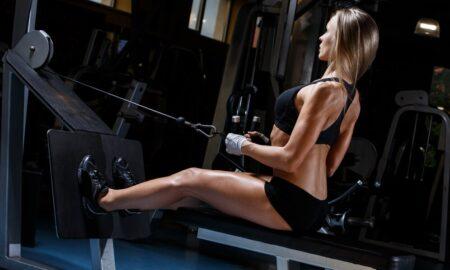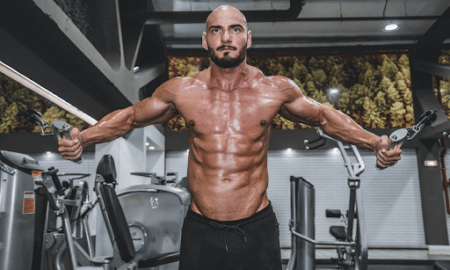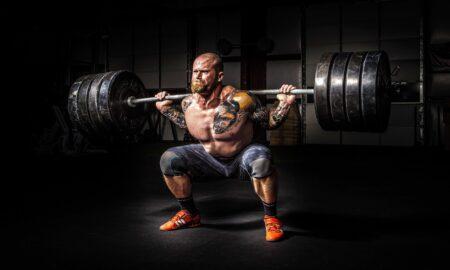Wrist straps are common in any heavy gym. They enable trainees to handle more weight on big movements—shrugs, deadlifts, dumbbell rows, barbell rows, weighted pullups and pulldowns.
Some trainees and exercise experts feel that the straps don’t let the gripping muscles become strong enough to handle the weight. An equal number feel that the straps enable you to work the larger, stronger muscles more effectively because you can handle heavier weight with straps than without them. According to that group, the straps also permit overload training of the grip with the heavier weights, and the grip does become stronger. To the best of my knowledge, that’s never been studied, so the truth is not yet determined.
I first wrote about this topic in the July ’89 IRON MAN. The key point then and now is the safety of the wrist, particularly its ligaments. If you’re using the type of strap that can be tightened, you want to make sure it is set above the bony prominence of the wrist. By above, I mean closer to the elbow than the hand. When you pull heavy weight, the straps will tighten and not slip downward toward your hands.
If you let the straps slide down toward your hands while you’re pulling, you run the risk of overstretching the small ligaments that attach from one small bone in the wrist to other small wrist bones. If those ligaments become overstretched by the weight pulling on the wrist and hand, the wrist can become unstable.
Wrist instability can cause pain, disability and early arthritic changes. The two most commonly affected ligaments are the scapholunate and lunotriquetral ligaments. You may not feel the changes—that is, the overstretch—on any one set or workout, but the cumulative effect will be significant.
The solution is to make sure you place the straps above the bony prominences of your wrists before each and every set. Tighten each strap in place as best you can and wrap it around the barbell, dumbbell handle or bar. You can learn to move and tighten the straps on the bar by moving your hands as if you were turning a motorcycle throttle. The straps will then be tight on the bar and pulling on your wrists at the correct spot.
Initially, straps placed in the proper position may cause discomfort. You’ll soon adapt to it, and you’ll feel fine as the straps tighten.
There’s certainly no reason not to use straps. They will enable you to lift more weight. The only problem you may encounter is a wrist injury—but that’s entirely avoidable if you follow my recommendations.
Train smart, then train hard.
Editor’s note: Visit www.SoftTissueCenter.com for reprints of Horrigan’s past Sportsmedicine columns that have appeared in IRON MAN. You can order the books, Strength, Conditioning and Injury Prevention for Hockey by Joseph Horrigan, D.C., and E.J. “Doc” Kreis, D.A., and the 7-Minute Rotator Cuff Solution by Horrigan and Jerry Robinson from Home Gym Warehouse, (800) 447-0008, or at www.Home-Gym.com.




















You must be logged in to post a comment Login